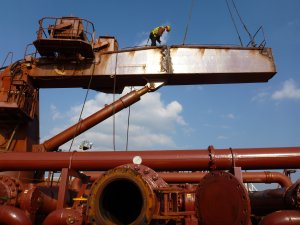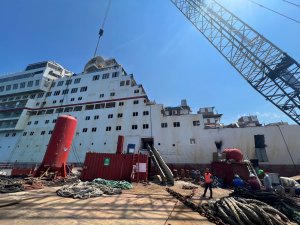IHM
Accurately delivered
IHM: Inventory of Hazardous Materials
Ship recycling involves dismantling and repurposing vessels, many of which contain hazardous materials that can pose risks to both human health and the environment if not handled properly. At Sea2Cradle, we assist you in conducting a thorough Inventory of Hazardous Materials (IHM), crucial for identifying, handling, and disposing of these substances safely and responsibly. This detailed inventory serves as the cornerstone of any ship recycling project, providing vital information for selecting suitable recycling destinations and facilities. Under regulations like the EU Ship Recycling Regulation and the Hong Kong Convention, IHM is mandatory for all ships. Our meticulous IHM process ensures compliance and contributes to a safer and more sustainable ship recycling industry.
A proven track record
With our solid track record, we’re adept at tackling any challenges that may arise during a project. By partnering with us, you benefit from our vast experience and can rest assured that your ship recycling requirements are met in the best and most responsible way.
Track record (as of Q1 2025)
Projects Completed
Ships Recycled
Offshore Units Recycled
IHMs Developed

